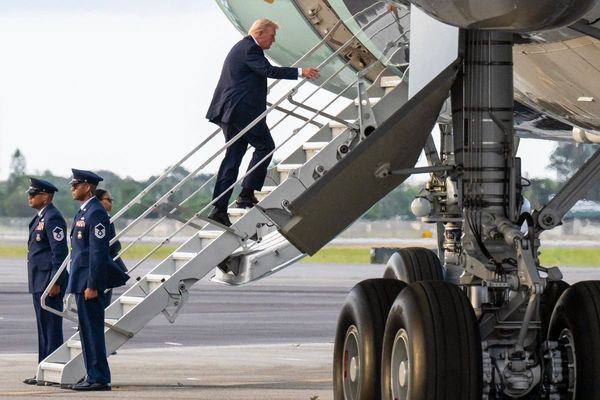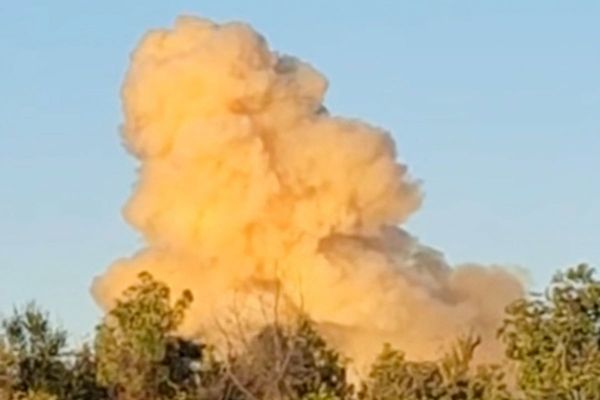The field of underground utility mapping is on the brink of significant transformation, driven by rapid technological advancements and an increasing need for precision in construction and urban development projects. 4M Analytics, a leading mapping of underground utilities platform, has curated an article to explore the emerging trends and innovations in underground utility mapping. It provides expert predictions on how these technologies will shape the industry's future, improving infrastructure management and project efficiency.
Emerging Trends in Underground Utility Mapping
Advanced Detection Technologies
Technological advancements are revolutionising how underground utilities are detected and mapped. Tools like Ground Penetrating Radar (GPR) and electromagnetic field detection are becoming standard in the industry, offering more precise and detailed insights into subsurface utilities. GPR, for example, sends high-frequency radio waves into the ground that bounce back upon hitting different materials, creating a detailed map of underground infrastructure without physical excavation.
Integration with GIS and 3D Mapping
The integration of Geographic Information Systems (GIS) with utility mapping is enhancing the accuracy and usability of data. GIS allows for the comprehensive management and analysis of spatial data, helping project managers visualise the location of utilities in relation to the overall construction site. Additionally, 3D utility mapping provides immersive, detailed visualisations that go beyond traditional blueprints, offering a more intuitive understanding of underground environments.
Adoption of AI and Machine Learning
Artificial Intelligence (AI) and Machine Learning (ML) are set to redefine utility mapping. These technologies analyse vast amounts of data from various sources to predict the presence of underground utilities more accurately. AI algorithms can learn from past utility locating experiences to improve detection capabilities, thus enhancing the reliability of utility maps.
Use of Autonomous Survey Drones
Drones equipped with specialised sensors are increasingly used for aerial surveys, providing a unique vantage point for utility mapping. These drones can quickly cover large areas, offering detailed surface data that can be integrated with subsurface maps for a comprehensive understanding of the project site. This technology speeds up the mapping process and improves overall project efficiency.
Predictions for the Next Decade
Enhanced Precision and Safety
As technologies like GPR, AI, and drones become more sophisticated, the precision of underground utility mapping will continue to improve. This will significantly reduce the risk of accidental damage to utilities during construction, enhancing safety and reducing project delays and costs. The development of smart sensors and IoT devices for continuous monitoring will also play a crucial role in maintaining the integrity of underground infrastructure.
Increased Adoption of Mapping Underground Utilities Platforms
Comprehensive platforms for mapping underground utilities will become more prevalent, integrating various technologies and data sources into a single, user-friendly interface. These platforms will allow for real-time updates and seamless data sharing among stakeholders, improving collaboration and decision-making in construction projects.
Growth in Private Utility Locating Services
With the increasing complexity of underground infrastructure, the demand for specialised private utility locating services will grow. These services offer higher precision and expertise compared to traditional methods, ensuring that all utilities, including unrecorded or mislabeled ones, are accurately identified and mapped. This trend will be supported by ongoing investments in research and development by leading companies in the industry.
Regulatory and Governmental Support
Government investments and stringent regulatory frameworks will continue to drive advancements in utility mapping. These regulations will emphasise the importance of accurate utility mapping to prevent infrastructure damage and ensure public safety. Support from government initiatives will foster the adoption of new technologies and best practices across the industry.
Cutting-edge technologies like AI, machine learning, drones, and advanced detection tools are set to shape the future of underground utility mapping. These innovations will bring unprecedented accuracy and efficiency to the industry, helping to mitigate risks, reduce costs, and improve the overall management of infrastructure projects. As these technologies continue to evolve, the integration of comprehensive mapping underground utilities platforms will become essential for successful project execution and sustainable urban development.







